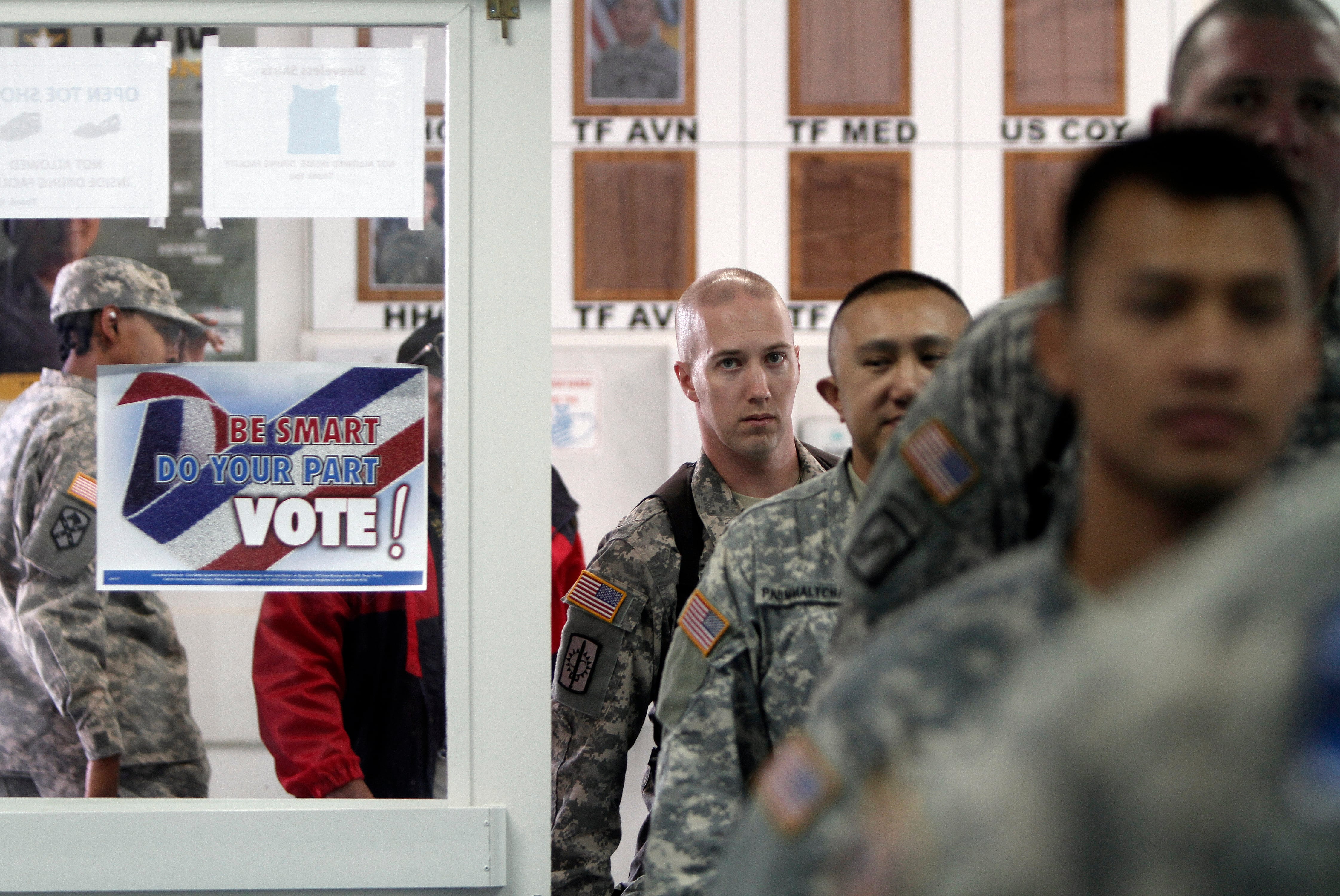WASHINGTON —The Army is planning to report a study to Congress next month that would impact the debate over ambulance and command variants for the Armored Multipurpose Vehicle (AMPV), due to replace the M113 infantry carriers.
The Army's Congressionally-mandated study on the topic follows behind-the-scenes wrangling between BAE Systems, which makes the tracked Bradley Fighting Vehicle, and General Dynamics Land Systems, which makes the wheeled Stryker, over whether the fleet of M113 replacements will be tracked or have some wheeled variants for airborne combat brigade team (ABCT) ambulances and echelons-above-brigade (EAB).
The study, ongoing as of Dec. 11, is intended to "support future capability development efforts," and will "identify specific capability gaps, similarities and differences between mission roles" of EAB units and airborne brigade units that utilize the M-113, said Matthew Bourke, an Army spokesman at the Pentagon.
Army Training and Doctrine Command (TRADOC) is due to report its findings on the mixed fleet issue to Army operations officials and senior Army leadership in early January, and to Congress by Jan. 30.
The study was ordered following proposed language for the 2015 Defense authorization bill that would limit the program's funding to 80 percent until the secretary of the Army reports to Congress on the feasibility of wheeled variants.
The Defense Acquisition Board was scheduled to consider advancing the AMPV program into development on Dec. 9, with a contract award possible before year's end, Inside the Army reported. The AMPV's milestone B decision was previously scheduled for Nov. 5 and then Dec. 1.
The Army expects to field 2,897 AMPVs to armored brigades, for an projected program cost of $10.23 billion. There would be five variants among the 129 AMPVs planned for an armored brigade, of which 31 would be for medical evacuation.
The Army's request for proposals issued a year ago stipulated a five-year engineering contract worth $458 million to a single contractor for 29 prototypes. Starting in 2020, its three years of low rate initial production options.
GDLS pulled out of the competition in May 2014, and it has since argued it was unfair of the Army to provide BAE's Bradley to other vendors to use as they develop their own AMPV design proposals as a means of cutting program costs.
Behind the scenes, GDLS has lobbied Congress on the merits of the its wheeled Stryker for the two variants, arguing that in Iraq, the Army deployed the Stryker medical evacuation vehicles with some heavy brigades, and that it can respond to 96 percent of the program's requirements for off-road mobility.
Joe Gould was the senior Pentagon reporter for Defense News, covering the intersection of national security policy, politics and the defense industry. He had previously served as Congress reporter.




